Insulation slows the rate of heat transfer, helping keep homes warmer in winter and cooler in summer. How well-insulated your home is will determine how comfortable it is and how much you will spend on energy for heating and cooling, and in some respects, how durable it will be.
The transfer of heat (or heat loss) occurs in 3 ways:conduction,convectionandradiation. Within a home those 3 factors can impact each other and in effect work in conjunction, most often against you.
CONVECTIONrefers to the transfer of heat due to the movement of air. It can be caused by warm air rising near heating devices and cool air dropping close to cold surfaces, especially windows.
Both these effects are known as natural convection, as opposed to forced convection where the wind or the use of ventilators create a greater impact.
In homes with significant air leakage, heat loss occurs in two ways :
1 -As warm air leaks out it is replaced with cold air, and2 -if you think of the 'wind chill' effect, a drafty house means a warmer overall temperature will be needed to feel comfortable, so your thermostat will likely be set higher. The cold emanating from exterior walls and windows can be so extreme at times that it causes a noticeable air convection, creating the sensation of a draft. How do we combat this? Again, we end up cranking the thermostat higher until we feel comfortable.
RADIATION(in this non-nuclear case) refers to heat transferred through electromagnetic waves, particularly in the infrared spectrum. Heat emanates from any warm body, like the sun, a wood stove or a window, for example.
寒冷的表面吸收的比辐射的多,所以当你站在寒冷的表面前,即使空气是温暖的,你也会感到寒冷。这种效果在质量较低的窗户和没有很好隔热的墙壁上尤其明显。
CONDUCTIONrefers to the heat that moves through solid materials, like your insulation or the wooden studs on either side of it. When a high-conducting material like concrete, metal or wood spans an entire wall assembly, it provides easy passage for heat to leave your house. This is known as a 'thermal bridge', and preventing it is known as a 'thermal break'.

When we mentioned at the beginning that these factors can work in conjunction, that is because the cold surface that results from the highconductionthrough wall studs and other thermal bridges can absorbradiationand createconvection还有热传递。似乎寒冷在密谋对付你,不是吗?因为事实就是如此。
So those are the three main factors that will determine how comfortable your home is, or more accurately how much you will have to spend to keep your home comfortable.
Understanding R values
The R value applied to a material refers to its capacity to resist heat transfer. The R value of most commercially available insulations varies in the range of R3 per inch to around R6 per inch. The higher the number, the more a material resists heat transfer. A typical section of a cold climate wall will be in the range of R18 to R24, depending on materials and regional building codes. That covers the insulation material, but there is more at play to determine the actual or 'true' R value of a complete wall system.
Insulation materials (like batts of fiberglass or panels of foam) have their own specific R value, but if they are spaced between wooden studs, the lower R value of the studs must be factored in when determining the true R value of a wall. Wood has an insulation value of approximately R1 per inch, which is very poor, so it brings down the overall R value significantly.
一堵2x6的墙的玻璃纤维隔热板的总R值可能是19,但是当你考虑到所有的木材在R1时,建筑围护结构的真实R值可能更像是13或14,甚至更低。

In addition, if you leave gaps at the sides of your insulation at the studs, around windows or electrical boxes, you will be allowing small convection loops of air to take place within the wall which will increase heat transfer, further sucking heat from your home. Air convection loops can take place in gaps as small as 1/8th of an inch.
当谈到投资一个更好的房子时,一个合理的担忧是,你需要多长时间才能看到回报。当涉及到绝缘时,那可能是你打开暖气的那一刻,因为你只是把你的钱从无底洞的水电费转到你的抵押贷款。
In some cases, the added savings on monthly utilities can match or even exceed the higher mortgage payments. And the bonus is that mortgage payments will end one day, while utility bills will not.


















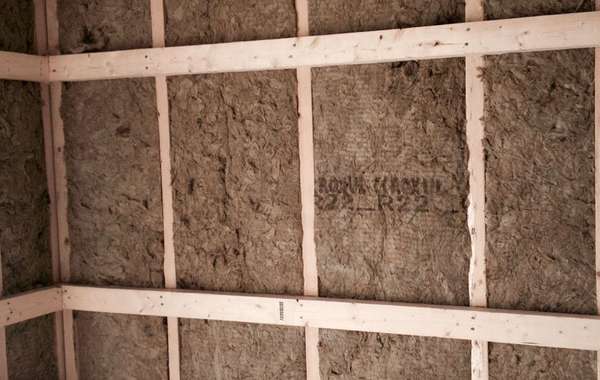
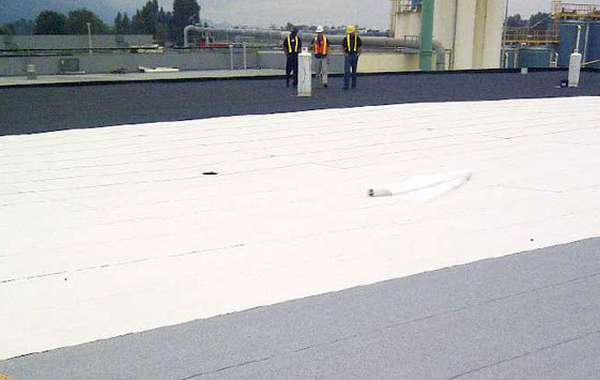
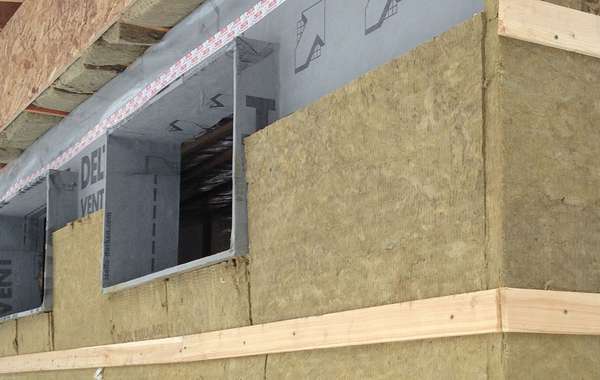
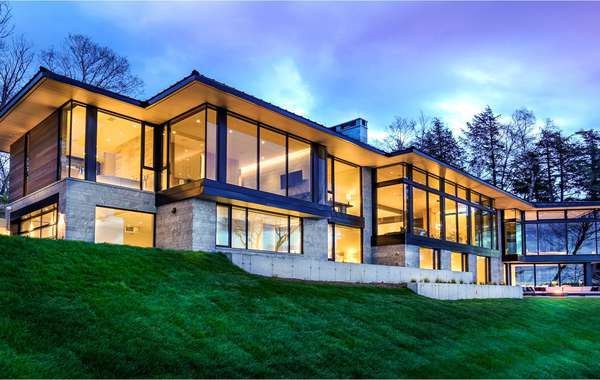
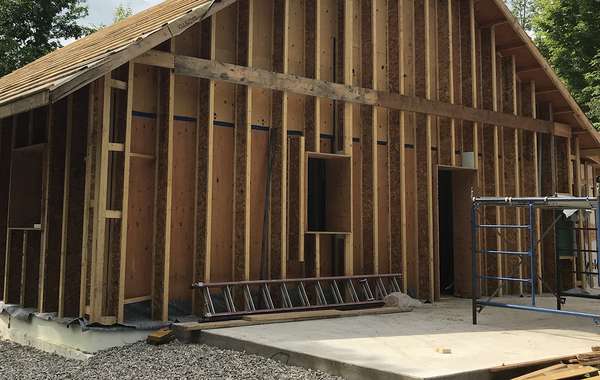
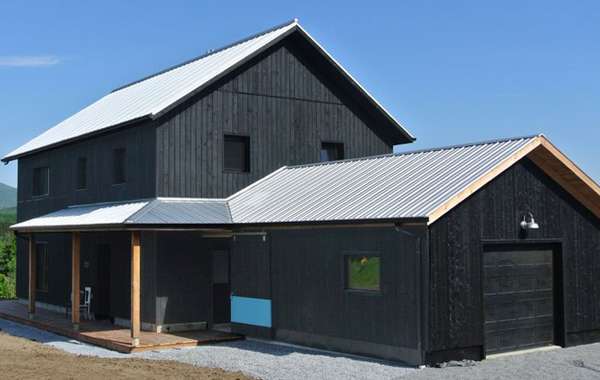
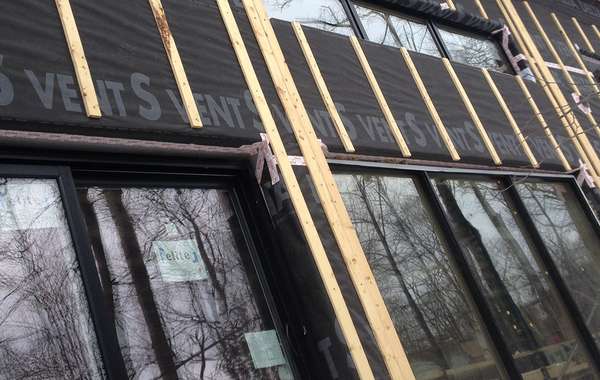
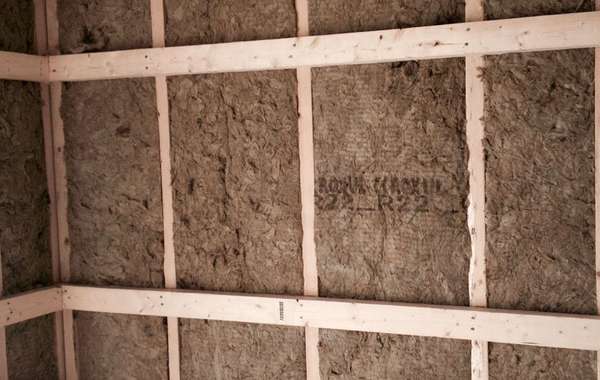
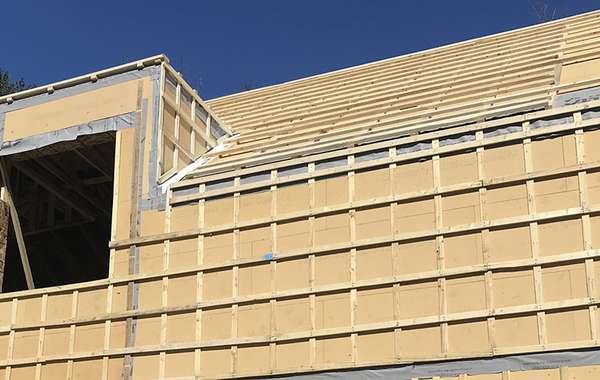
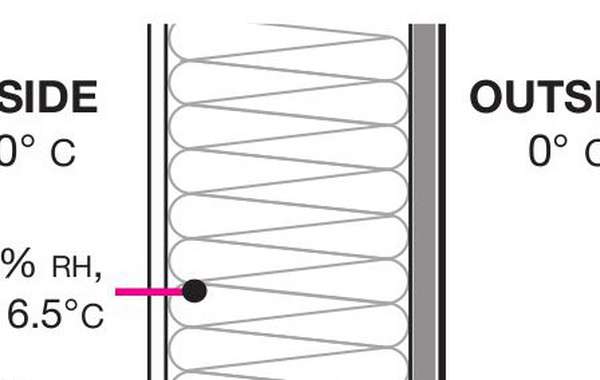
Comments (0)
Sign Up to Comment